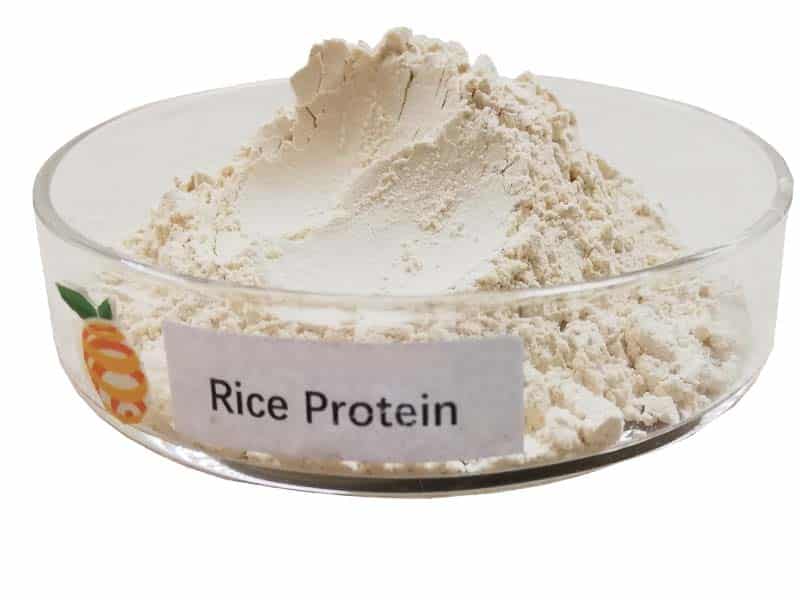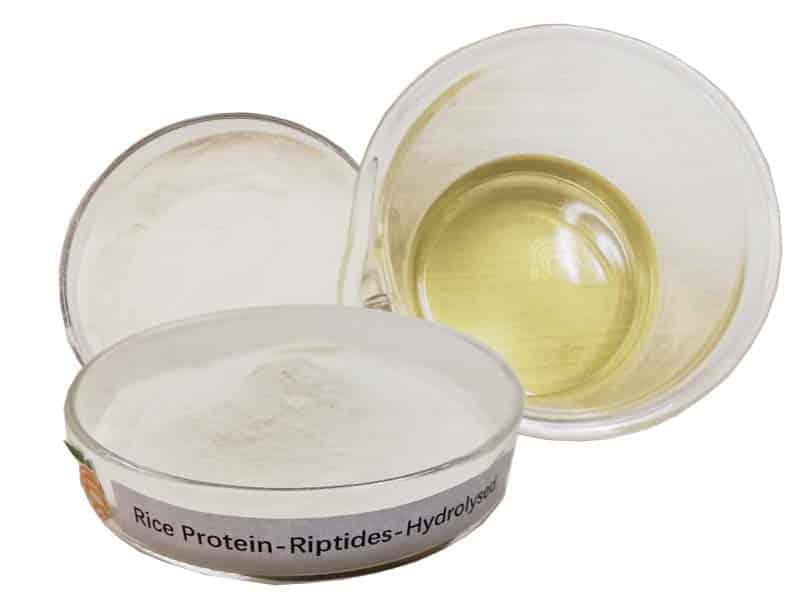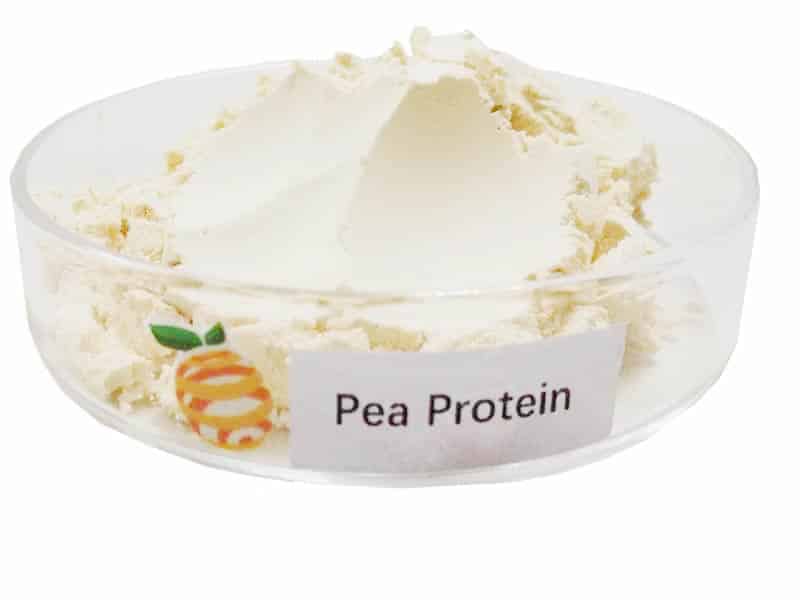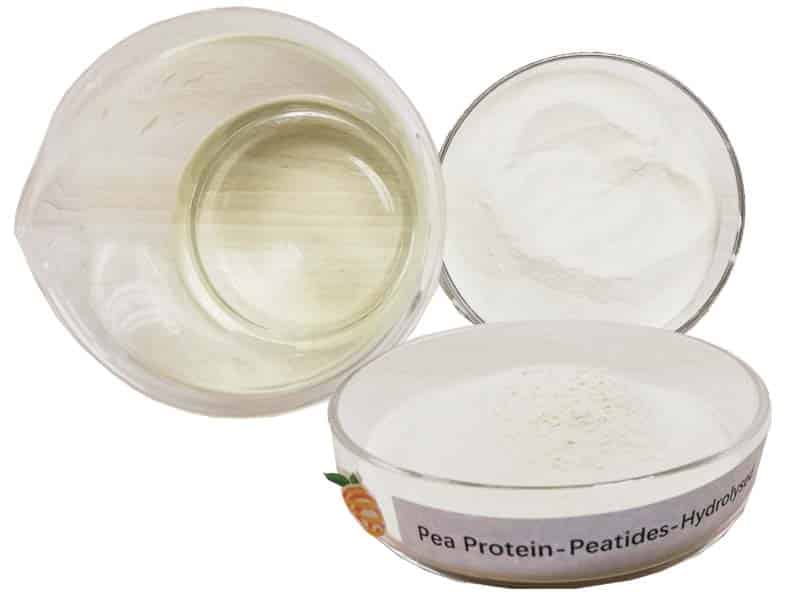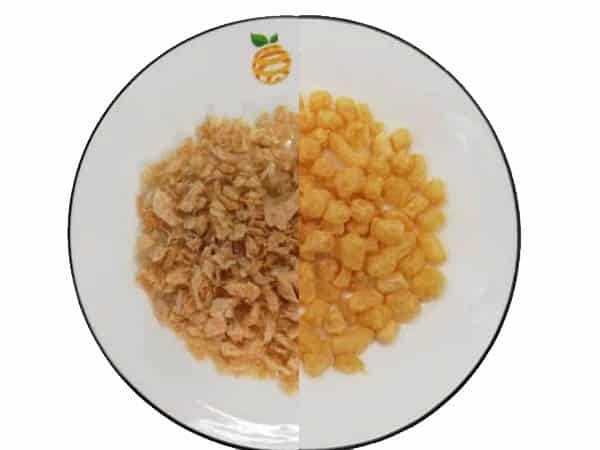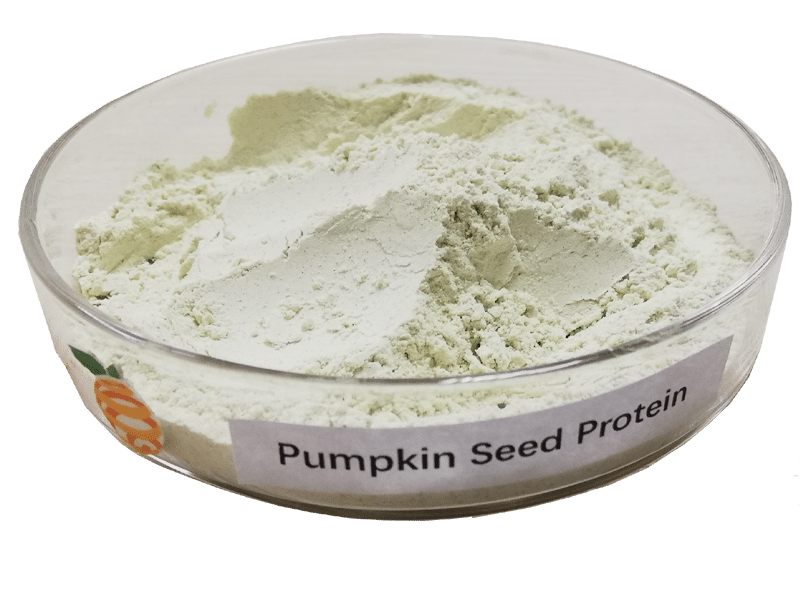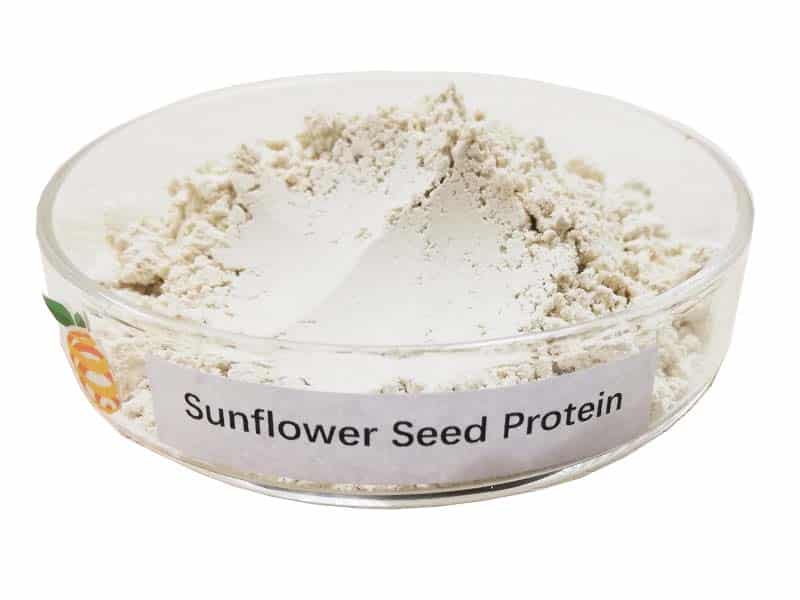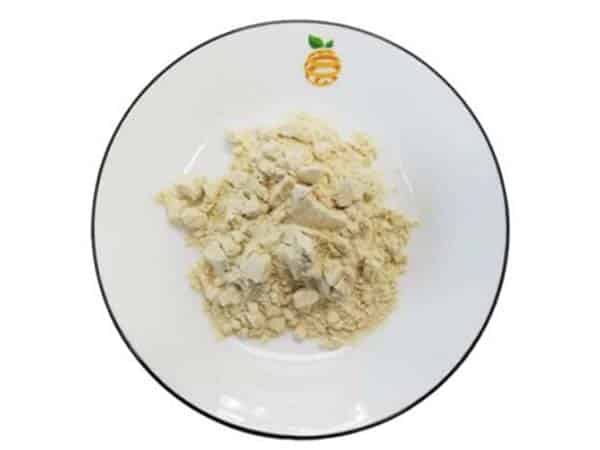Discussion On Variation Of Cd, Zn And Se Content In Rice From Typical Southern Producing Areas And Its Health Risks
total of 70 rice samples were randomly collected from some markets in typical rice-producing areas such as Jiangxi, Hunan, Anhui and Guangdong in southern my country and from farmers in polluted areas. The contents of Cd, Zn and Se in the samples were measured respectively, and the content differences and differences in rice from different origins were analyzed. Its relationship with soil factors in the place of production was discussed, and the safety of food consumed by farmers on-site was discussed. The results showed that the Cd content of more than 70% of the tested samples exceeded the national food hygiene standard value (0.2mg¡¤kg-1), and Cd/Zn (Mass ratio) exceeds the 0.015 critical value recommended by American scholars. Among the three analyzed elements, Cd is the largest and Zn is the smallest. The content of elements analyzed and Cd/Zn among rice samples from different origins are all heavy metal contaminated rice. Soil origin > Acidic rice soil origin > Neutral rice soil origin, and the differences in Cd and Se contents are larger, and Zn is smaller. This shows that the chemical availability of soil Cd is the main factor affecting the Cd content of the tested rice, soil-rice Cd migration and grain accumulation in the system depend on human pollution and the chemical properties of the soil. With reference to the adult RfD (Cd) values recommended by WHO and USEPA and the average food consumption structure of Chinese residents, the analysis shows that all rice samples from the trial production areas are useful to farmers. There are varying degrees of potential Cd exposure risks for local consumption, especially in contaminated soil production areas and acidic red soil rice soil production areas. In addition, the Zn and Se contents of the tested rice samples are generally low and cannot meet normal dietary intake. Need. Therefore, the food safety risks of rice Cd pollution to local consumption farmers must be considered in southern rice production. Controlling rice Cd absorption and breeding for high yield and low Cd are very urgent for the sustainable development of southern rice production.
For futher details of this article and research, feel free to contact our team for assistance.
Original research was done by Zhang Liangyun, Li Lianqing, Pan Genxingª³
About ETprotein:
ETprotein, a reputable plant protein vegan protein Chinese factory manufacturer and supplier, is renowned for producing, stocking, exporting, and delivering the highest quality organic bulk vegan protein and plant proteins. They include Organic rice protein, clear rice protein, pea protein, clear pea protein, oat protein, watermelon seed protein, pumpkin seed protein, sunflower seed protein, mung bean protein, peanut protein, various of plant peptides etc. Their offerings, characterized by a neutral taste, non-GMO, allergen-free attributes, cater to a diverse range of industries. They serve nutraceutical, pharmaceutical, cosmeceutical, veterinary, as well as food and beverage finished product distributors, traders, and manufacturers across Europe, USA, Canada, Australia, Thailand, Japan, Korea, Brazil, and Chile, among others.
ETprotein specialization includes exporting and delivering tailor-made protein powder and finished nutritional supplements. Their extensive product range covers sectors like Food and Beverage, Sports Nutrition, Weight Management, Dietary Supplements, Health and Wellness Products, and Infant Formula, ensuring comprehensive solutions to meet all your protein needs.
As a trusted company by leading global food and beverage brands and Fortune 500 companies, ETprotein reinforces China’s reputation in the global arena. For more information or to get a free sample of their protein products, please contact them and email sales(at)ETprotein.com today.

